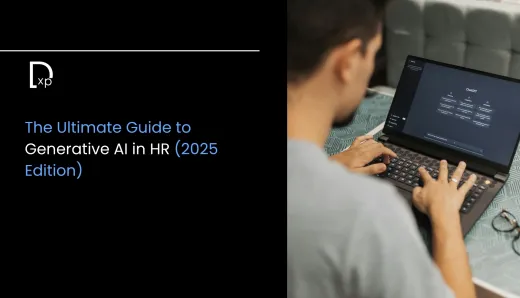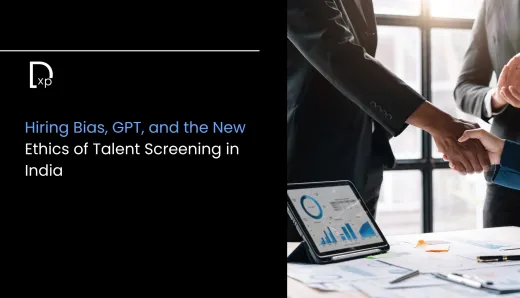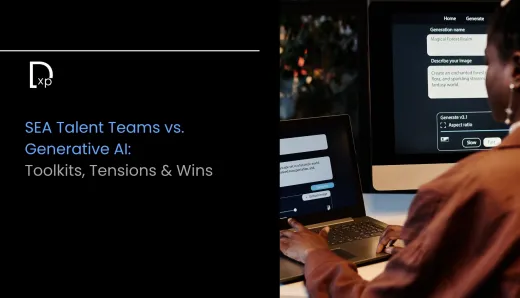Code and Canvas: How AI Is Transforming the Creative Industry

Creativity was once considered the last refuge of the human mind, untouched by automation or algorithms. It was sacred territory, defined by emotion, instinct, and originality. But in the age of artificial intelligence, even this belief is being tested. Machines are now making music, painting portraits, writing poems, and even designing buildings. The question is no longer can AI be creative. It’s how AI is reshaping creativity, and what that means for the artists, designers, and storytellers of the future.
A New Kind of Artist
The rise of generative AI has opened the floodgates. Models like DALL·E, Midjourney, and Stable Diffusion can turn text into images. GPT-4 and Claude can write scripts, poems, essays, and jokes. Tools like Runway and Descript are editing videos and podcasts automatically. What once required entire creative teams can now be done by a single person with a well-crafted prompt. This is not just disruption. It’s a transformation.
These tools are not replacing the creative process; they’re redefining it. They act as collaborators, not competitors. An illustrator can use AI to experiment with styles. A filmmaker can storyboard in minutes. A writer can break through a block with a few generated ideas. AI is making creativity faster, more accessible, and often, more ambitious.
The Democratization of Art
One of the most profound impacts of AI in the creative industry is accessibility. You no longer need to be trained in oil painting or film editing to create. You don’t need expensive equipment or formal education. If you have an idea and a keyboard, you can make something that looks and feels professional.
This has broadened who gets to participate in the creative economy. In smaller towns, remote villages, or countries with fewer resources, artists are finding their voice through AI. They are using these tools to create, share, and sell work on global platforms. The future of AI is not just about automation. It’s about inclusion.
Controversy and Credit
But as with any revolution, there’s resistance. Artists are asking: If a machine generates an image in the style of Van Gogh or a living designer, who owns that work? Who gets credit? Who gets paid?
These are not just legal questions, but moral ones. AI models are trained on data, millions of pieces of art, writing, and music, most of which were created by people who never gave permission. The creative industry is built on intellectual property. AI is challenging its very foundations.
Courts are already seeing cases around copyright and ownership. Meanwhile, artists are fighting to have their work excluded from training datasets. And platforms are beginning to tag or flag AI-generated content. There’s a growing demand for transparency; audiences want to know what’s human, what’s machine, and what’s a blend of both.
AI as Muse, Not Master
Despite the challenges, many creatives are embracing AI not as a threat but as a muse. Like the camera or the synthesizer before it, AI is seen as a new medium, one that expands what’s possible.
Filmmakers are using AI to generate voiceovers or de-age actors. Fashion designers are using it to prototype new garments. Musicians are blending human vocals with AI harmonies. These are not gimmicks. They’re the start of a new creative grammar, where code and canvas coexist.
In this space, prompt engineering becomes the new brushstroke. Creatives are learning how to speak to models in ways that produce unique, personal work. The artistry is in the command, the ability to shape an idea through interaction, not just inspiration.
The Human Element
Yet for all the potential of AI, the human touch remains irreplaceable. The best AI-generated work is often guided by someone with vision, taste, and emotional intelligence. Machines can mimic style, but they don’t feel. They can remix, but they don’t originate. They lack context, memory, vulnerability, the very things that make art matter.
So the question becomes: what does creativity mean when machines can replicate parts of it? The answer may lie in curation, interpretation, and purpose. In the future of AI, the most valuable creative skills might not be making things from scratch, but knowing what to make, when, and why.
A New Industry Emerges
Already, job titles are changing. Prompt designer, AI art director, synthetic media strategist; roles that didn’t exist five years ago are now in demand. Media companies, ad agencies, and production studios are hiring people who understand both art and algorithms.
And new markets are forming. AI-generated art is being sold as NFTs. AI-written songs are climbing streaming charts. Personalized content, tailored to an individual’s mood, taste, or location, is becoming a business model. This is not science fiction. It’s the emerging reality of a creative industry in flux.
The future of AI is deeply entangled with the future of creativity. As code meets canvas, a new frontier is forming; one where imagination is augmented, not replaced.




